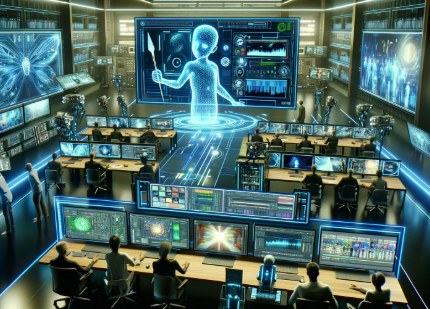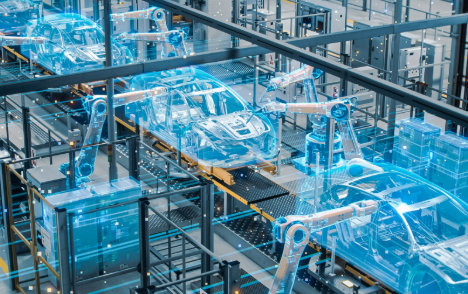The Role of Artificial Intelligence in Video Editing
The integration of artificial intelligence in video editing is reshaping traditional practices. By automating repetitive tasks, AI enhances efficiency and allows editors to focus on storytelling. Furthermore, advanced content analysis helps streamline the workflow by quickly identifying relevant footage. However, this technological advancement raises questions about bias and authorship. As the industry evolves, the interplay between AI and human creativity presents both opportunities and challenges that merit closer examination.
Enhancing Efficiency Through Automation
As video editing demands continue to escalate, the integration of artificial intelligence (AI) has emerged as a pivotal force in enhancing efficiency through automation, with tools like an AI music generator streamlining soundtrack creation and elevating content quality.
By implementing automated workflows, editors can streamline repetitive tasks, significantly reducing time spent on mundane activities.
These time-saving tools not only expedite the editing process but also liberate creative professionals, allowing them to focus on innovative and artistic endeavors.
Read more: The Impact of Digital Twins on Manufacturing
AI-Powered Content Analysis and Suggestions
The rise of artificial intelligence in video editing extends beyond automation to encompass sophisticated content analysis and suggestions.
AI systems now enable effective content categorization through automated tagging, allowing editors to swiftly identify relevant footage and streamline workflows.
Creative Collaboration Between Humans and AI
A growing number of filmmakers and video editors are discovering the transformative potential of creative collaboration between humans and AI.
By integrating AI-driven collaborative tools, these creatives harness human intuition alongside advanced algorithms, enhancing storytelling and visual impact.
This synergy not only streamlines the editing process but also fosters innovative solutions, empowering artists to push the boundaries of their craft and express their visions freely.
Challenges and Considerations in AI Video Editing
What obstacles do filmmakers face when integrating AI into the video editing process? They grapple with algorithm limitations that may hinder creative expression, often producing generic results.
Additionally, ethical concerns arise regarding authorship and the potential for bias in automated editing decisions.
These challenges compel filmmakers to strike a balance between leveraging AI’s efficiency and preserving the artistry inherent in their work.
Conclusion
As the sun sets on traditional video editing, a new dawn emerges, illuminated by the guiding light of artificial intelligence. This technological beacon streamlines workflows, enhances creativity, and fosters collaboration between human artistry and machine precision. Yet, like a ship navigating uncharted waters, the industry must carefully address the storms of bias and authorship. Only by harmonizing these elements can the journey into the future of video editing be both innovative and respectful of its rich artistic heritage.






